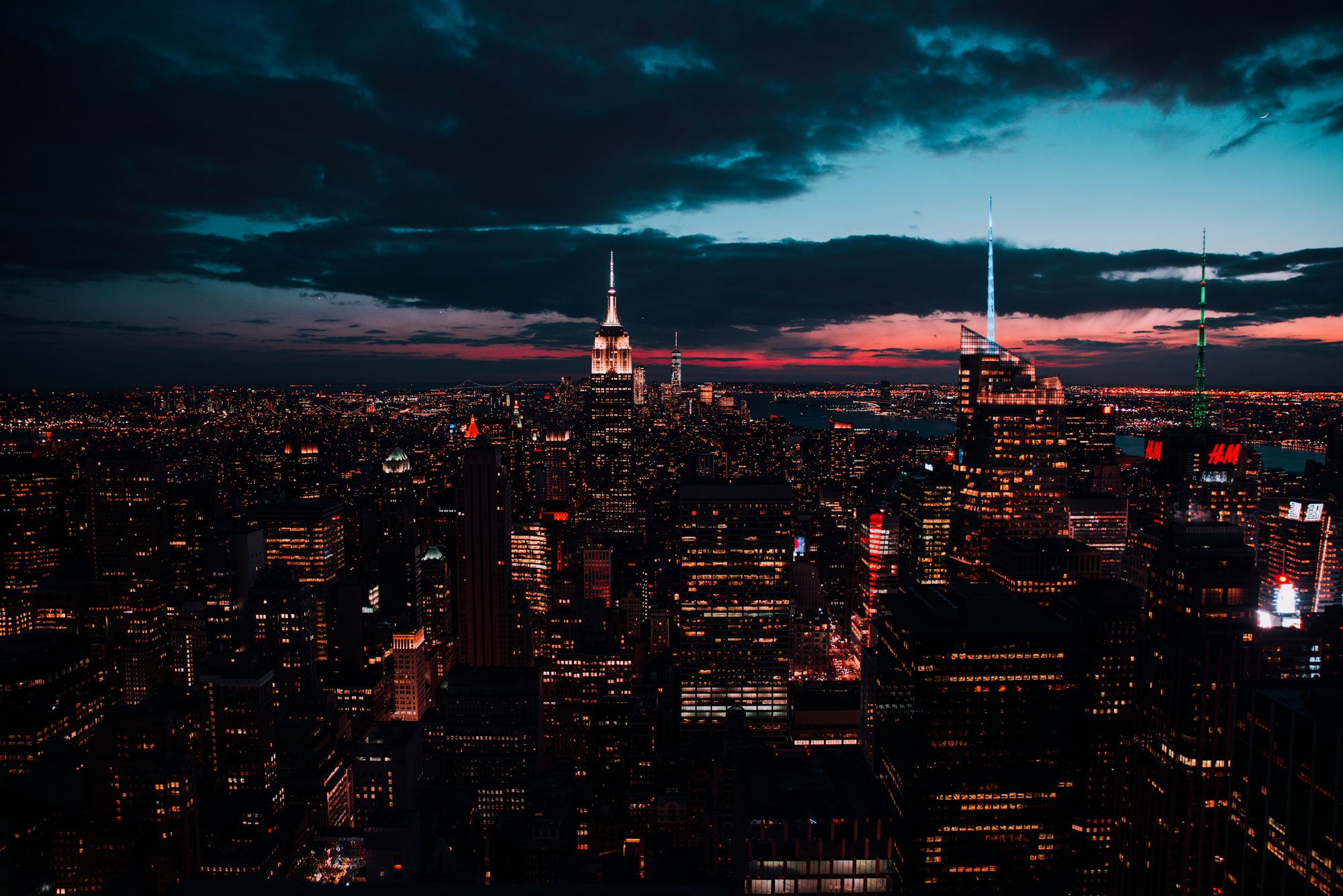
The Future of Workspaces: Adapting Office Design for a New Era
This article explores the evolving landscape of office design and how companies are adapting workspaces to meet the needs of a changing workforce. Understanding the Evolving Workspace
The concept of the workspace has evolved dramatically over the past few years. With the rise of remote work and flexible schedules, organizations are rethinking the purpose of the office. No longer just a place for individual tasks, modern workspaces are becoming hubs for collaboration, creativity, and social interaction. This shift requires a design approach that supports a diverse range of activities while promoting employee engagement and productivity.
Key Trends in Office Design
Several key trends are emerging in the realm of office design as companies strive to create workspaces that meet the needs of their employees. One prominent trend is the emphasis on flexibility. Open floor plans, movable furniture, and adaptable spaces allow teams to reconfigure their environments based on project needs. This flexibility not only enhances collaboration but also accommodates various work styles, from focused individual tasks to team brainstorming sessions.
Another significant trend is the integration of technology into office design. Smart technologies are being incorporated into workspaces to enhance connectivity and streamline operations. Features such as smart lighting, temperature control, and meeting room booking systems contribute to a more efficient and comfortable work environment. Additionally, technology-enabled collaboration tools facilitate communication among remote and in-office employees, ensuring that everyone stays connected regardless of location.
The Importance of Well-Being in Workspace Design
Creating a healthy and inspiring work environment is essential for employee well-being and productivity. As organizations recognize the impact of their physical spaces on employee morale, the focus on well-being in workspace design has become increasingly important. This includes incorporating natural elements, such as greenery and natural light, which have been shown to reduce stress and enhance mood.
Biophilic design, which emphasizes the connection between nature and the built environment, is gaining popularity in office spaces. This approach not only improves aesthetics but also fosters a sense of tranquility and relaxation. Spaces that incorporate plants, natural materials, and views of nature contribute to a more inviting atmosphere, ultimately benefiting employee health and productivity.
Collaborative Spaces and Community Focus
In addition to individual work areas, modern offices are prioritizing collaborative spaces that encourage teamwork and social interaction. These spaces can take various forms, including lounges, breakout rooms, and informal meeting areas. By providing employees with comfortable and inviting environments to connect, companies can foster a culture of collaboration and creativity.
Moreover, community-focused designs are becoming increasingly relevant as organizations seek to build a sense of belonging among employees. By creating spaces that reflect the company’s culture and values, businesses can enhance employee engagement and loyalty. Artwork, branding elements, and communal areas that celebrate diversity and inclusivity contribute to a vibrant workplace culture.
Inspiring Examples of Innovative Workspaces
Examining successful examples of innovative workspaces can provide valuable insights into effective design strategies. One standout example is Google’s offices, which are renowned for their creative and playful designs. With features like open spaces, game rooms, and wellness areas, Google’s workspaces foster collaboration and encourage employees to think outside the box. The emphasis on fun and creativity reflects the company’s commitment to employee satisfaction and innovation.
Another inspiring case is the headquarters of Airbnb in San Francisco. The design of this workspace prioritizes community and collaboration, with open areas that encourage interaction among employees. The incorporation of unique design elements, such as treehouse-inspired meeting rooms, creates an engaging and stimulating environment. Airbnb’s workspace exemplifies how thoughtful design can enhance employee experience and creativity.
The Role of Sustainability in Office Design
As concerns about environmental impact continue to grow, sustainability is becoming a crucial consideration in office design. Companies are increasingly prioritizing eco-friendly practices and materials in their workspaces. This includes using sustainable building materials, implementing energy-efficient systems, and promoting recycling and waste reduction initiatives.
Sustainable office design not only benefits the environment but also resonates with employees who value corporate responsibility. By creating green workspaces, companies can attract and retain talent that prioritizes sustainability and social impact. Additionally, eco-friendly practices can lead to long-term cost savings through reduced energy consumption and improved operational efficiency.
Challenges and Considerations in Office Design
While the evolution of office design presents exciting opportunities, it also comes with challenges. One significant hurdle is the need to balance flexibility with privacy. As organizations embrace open layouts and collaborative spaces, finding areas for focused work remains essential. Companies must carefully consider how to create quiet zones or private meeting rooms within larger, open environments.
Moreover, the transition to new workspace models requires thoughtful planning and communication. Employees may have differing preferences and concerns regarding workspace changes, and addressing these issues is critical for successful implementation. Engaging employees in the design process can foster a sense of ownership and acceptance of new workspace strategies.
The Future of Workspaces: A Hybrid Approach
Looking ahead, a hybrid approach to workspaces is likely to dominate the future of office design. As remote work becomes a permanent fixture for many organizations, companies will need to create spaces that accommodate both in-office and remote employees. This hybrid model emphasizes flexibility, collaboration, and inclusivity, ensuring that all employees feel valued and connected, regardless of their location.
In this new era of workspaces, the office will serve as a destination for collaboration and connection rather than merely a place to perform tasks. By prioritizing the needs and preferences of employees, organizations can create work environments that enhance productivity, foster innovation, and promote well-being.
Conclusion
The future of workspaces is characterized by flexibility, well-being, and sustainability. As organizations adapt to the changing landscape of work, the design of office spaces will play a pivotal role in shaping employee experiences and fostering a positive workplace culture. By embracing innovative design principles and prioritizing employee needs, companies can create work environments that inspire creativity, collaboration, and productivity for years to come.